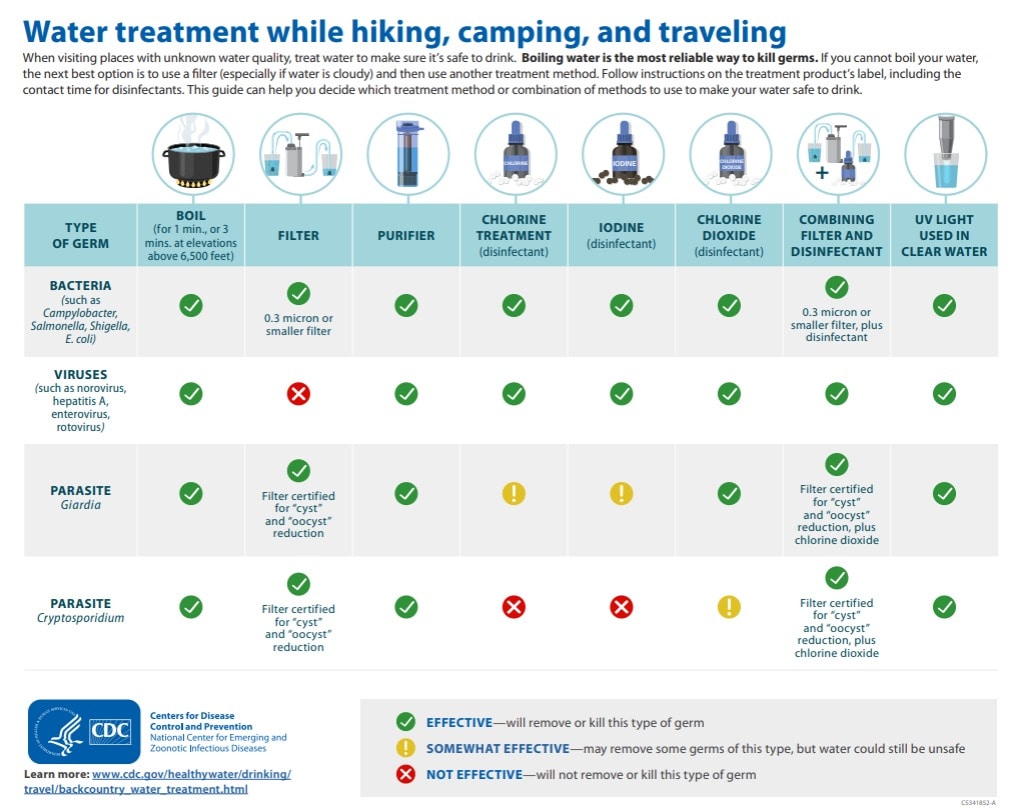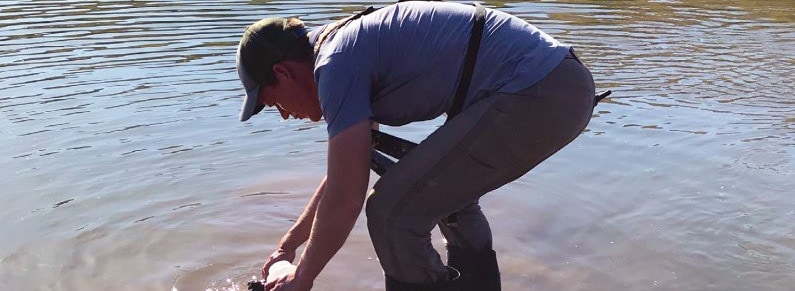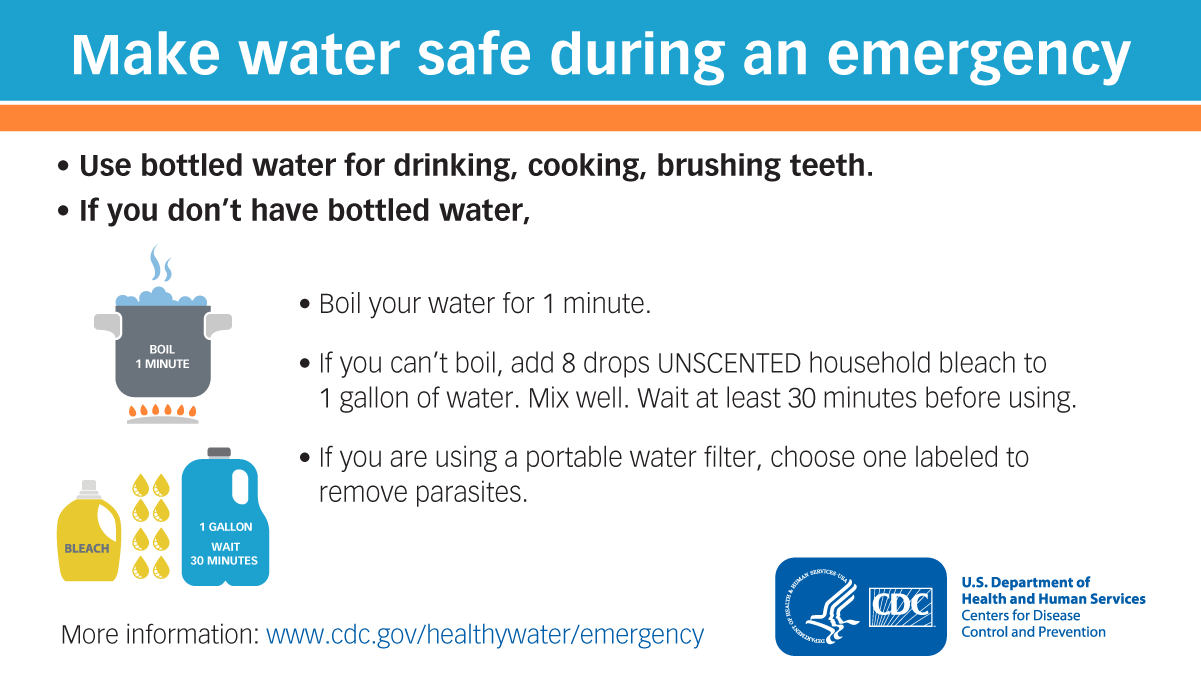What to know
Download, use, and share the materials below about how to avoid getting sick from tap water and other drinking water.
Download, use, and share the materials below about how to avoid getting sick from tap water and other drinking water.
Social media
Use these sample messages and downloadable graphics to share information about safe water on social media.
Protect yourself at home
Keeping humidifiers clean
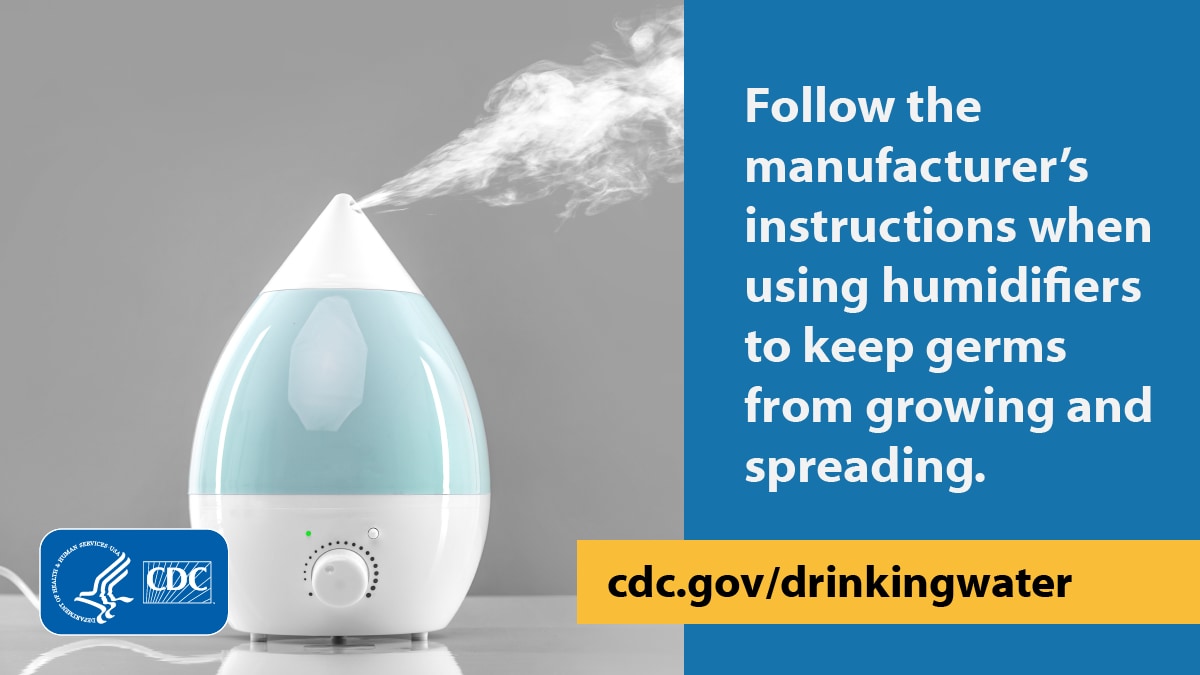
English 1200x675 | Spanish 1200x675
Message: Germs can live in humidifiers and spread through the air when you turn them on. Prevent germs from growing in your humidifier by emptying the water daily, allowing it to air dry, and disinfecting it according to your humidifier’s instructions: cdc.gov/drinking-water/prevention/preventing-waterborne-germs-at-home.html
Rinsing sinuses
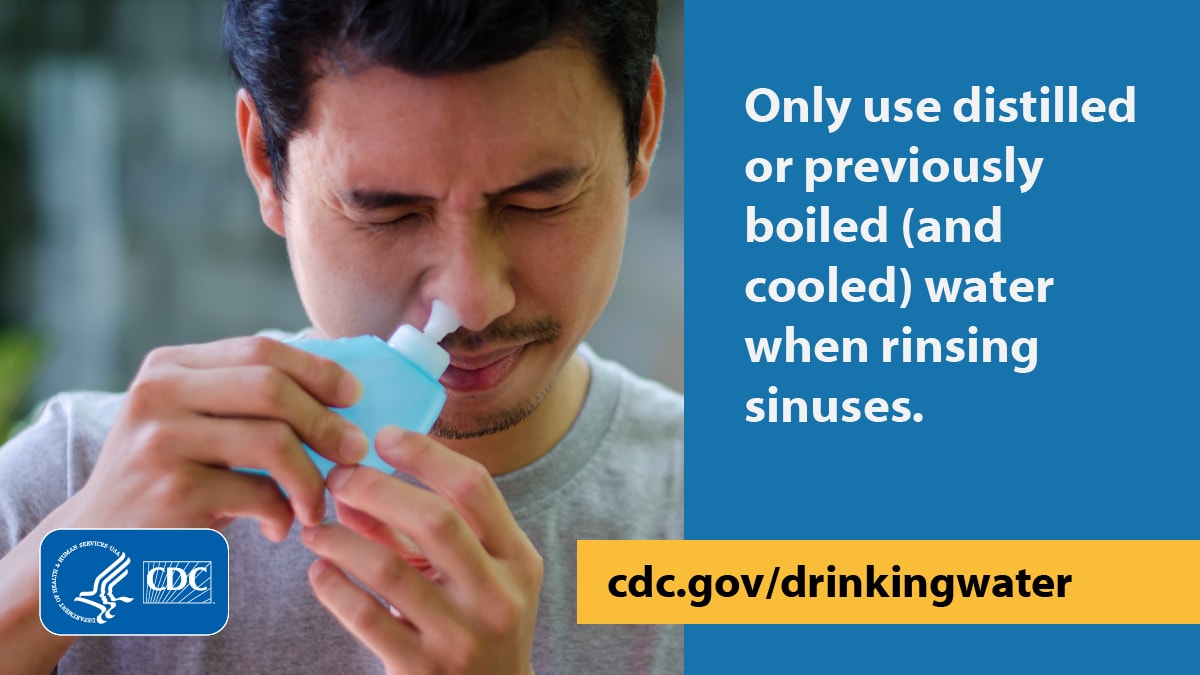
English 1200x675 | English 1080x1080 | Spanish 1200x675
Message: Some germs that grow in water pipes can make you sick if they go up your nose. To avoid getting sick, never use water straight from the tap to rinse your sinuses. Learn more about safely rinsing sinuses: cdc.gov/naegleria/prevention/sinus-rinsing.html
Flushing taps

English 1200x675 | Spanish 1200x675
Message: Germs can grow inside your pipes when there is no running water. Flush germs out by running the cold water for 2 minutes and then running the hot water until it feels hot. More tips for avoiding germs in water pipes: cdc.gov/drinking-water/prevention/preventing-waterborne-germs-at-home.html
Flushing water heaters

English 1200x675 | Spanish 1200x675
Message: Flushing your water heater can remove germs and extend its life. Manufacturers recommend doing it annually, if the water is discolored, before you move into a home, and after plumbing work. Follow the manufacturer's instructions or use a professional. cdc.gov/drinking-water/prevention/preventing-waterborne-germs-at-home.html
Hiking and camping
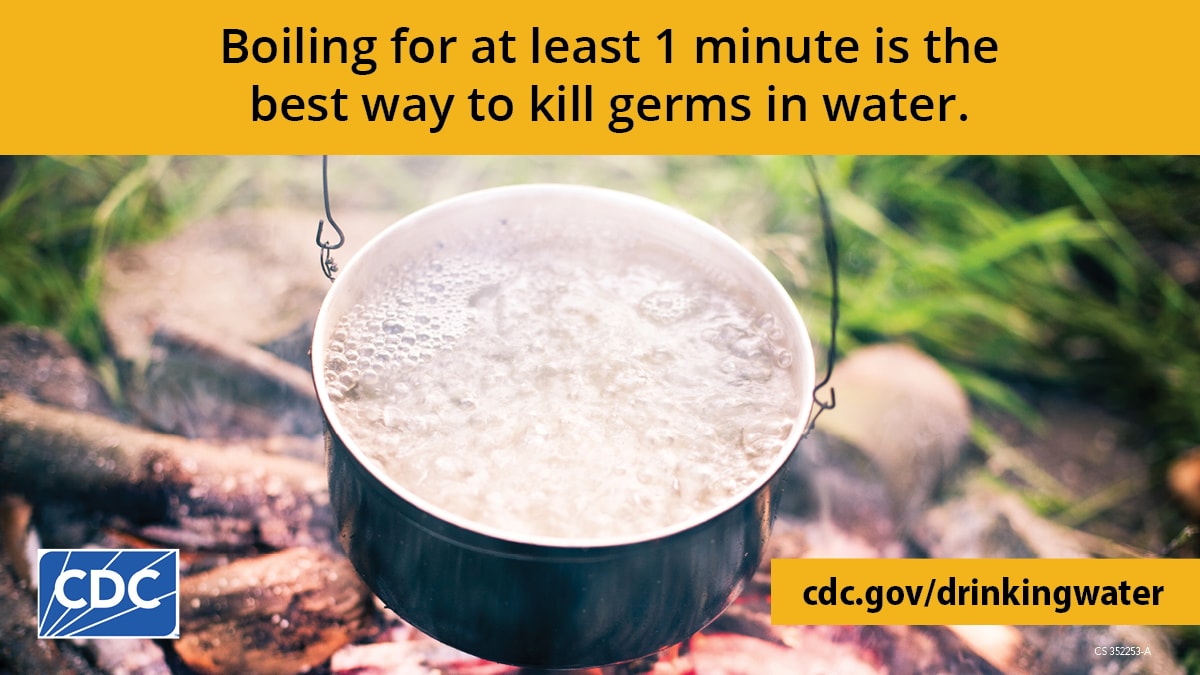
1200x675 size | 1080x1080 size | 1200x627 size
Message: Always boil for at least 1 minute or filter and disinfect water from lakes, rivers, and streams before drinking or cooking with it. Learn how to make water safe: cdc.gov/drinking-water/prevention/water-treatment-hiking-camping-traveling.html
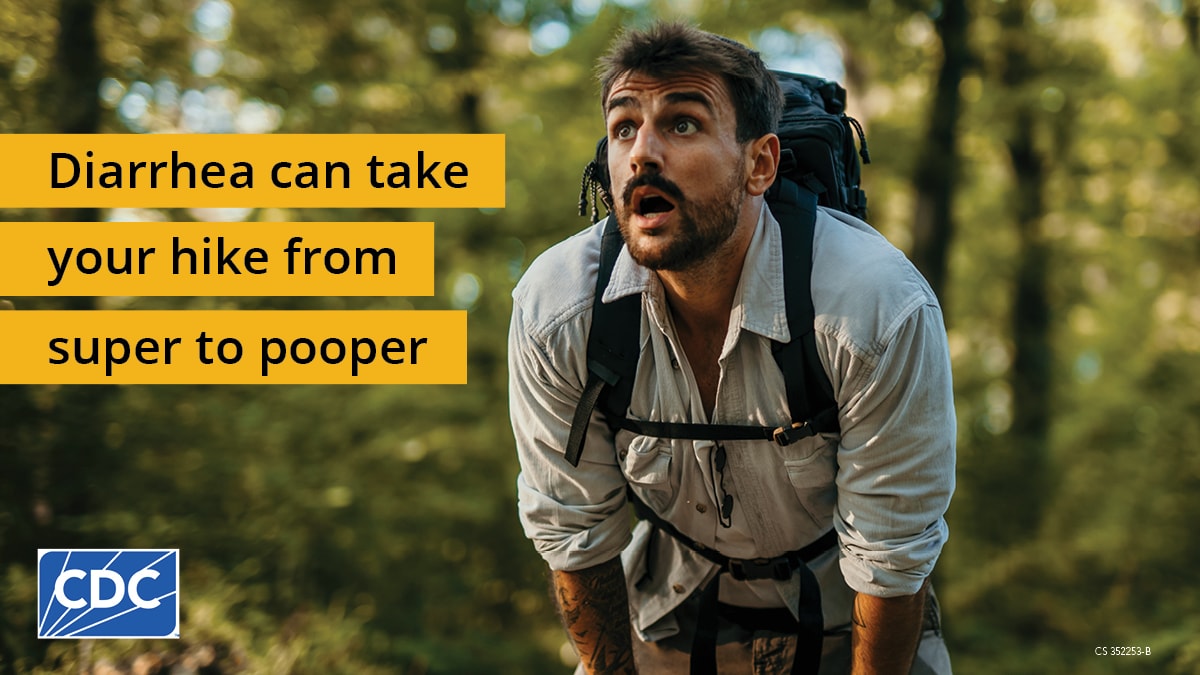
1200x675 size | 1080x1080 size | 1200x627 size
Message: Don't let the runs ruin your camping or hiking trip! Avoid diarrhea by boiling or filtering and disinfecting water from lakes, rivers, and streams. Learn how to make water safe: cdc.gov/drinking-water/prevention/water-treatment-hiking-camping-traveling.html
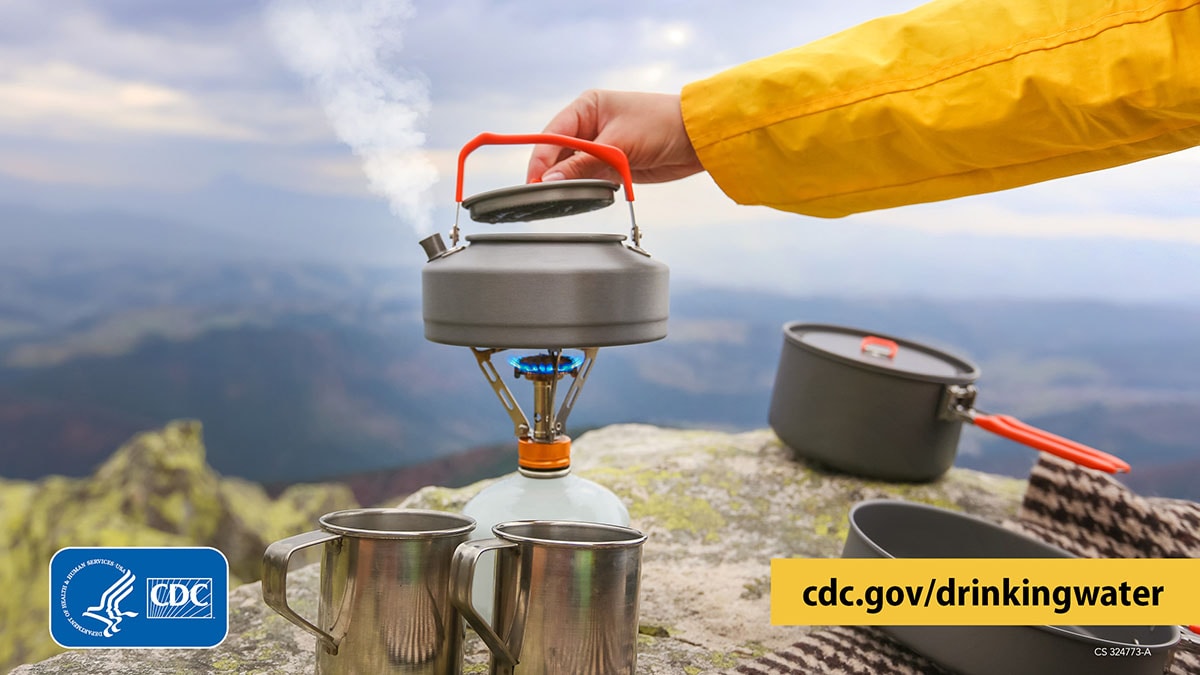
Message: Boiling for at least 1 minute is the best way to kill germs in water. At elevations above 6,500 feet, boil water for 3 minutes to kill germs. Find more options for making water from streams, lakes, and rivers safe to drink: cdc.gov/drinking-water/prevention/water-treatment-hiking-camping-traveling.html

Message: Packing for your next camping trip? Don’t forget supplies to treat your water to kill germs. See what you need to make water safe to drink and cook with: cdc.gov/drinking-water/prevention/water-treatment-hiking-camping-traveling.html

Message: Even if lakes and streams look clean, germs that can make you sick might still be in the water. Avoid getting diarrhea by boiling or filtering and disinfecting water from natural bodies of water before drinking or cooking with it: cdc.gov/drinking-water/prevention/water-treatment-hiking-camping-traveling.html
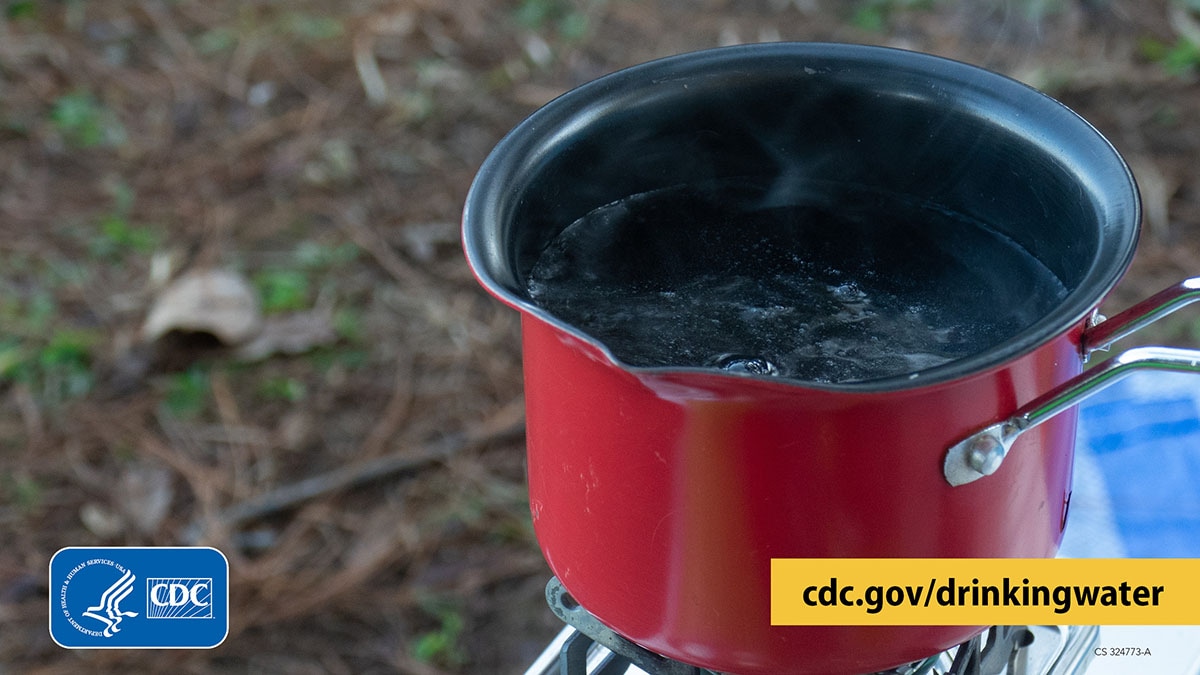
Message: Getting your water from a lake or stream while camping? Boiling water is the best way to kill germs that could make you sick. The next best option is to filter water and then disinfect the filtered water. Take these steps to avoid diarrhea: cdc.gov/drinking-water/prevention/water-treatment-hiking-camping-traveling.html#cdc_prevention_pre-prevention-steps-and-strategies

1200x675 size | 1080x1080 size
Message: Going hiking or camping? Treat water from streams or lakes before drinking it and bury poop at least 200 feet away from water if there are no toilets. Learn more about keeping water safe on the trail: cdc.gov/drinking-water/prevention/water-treatment-hiking-camping-traveling.html
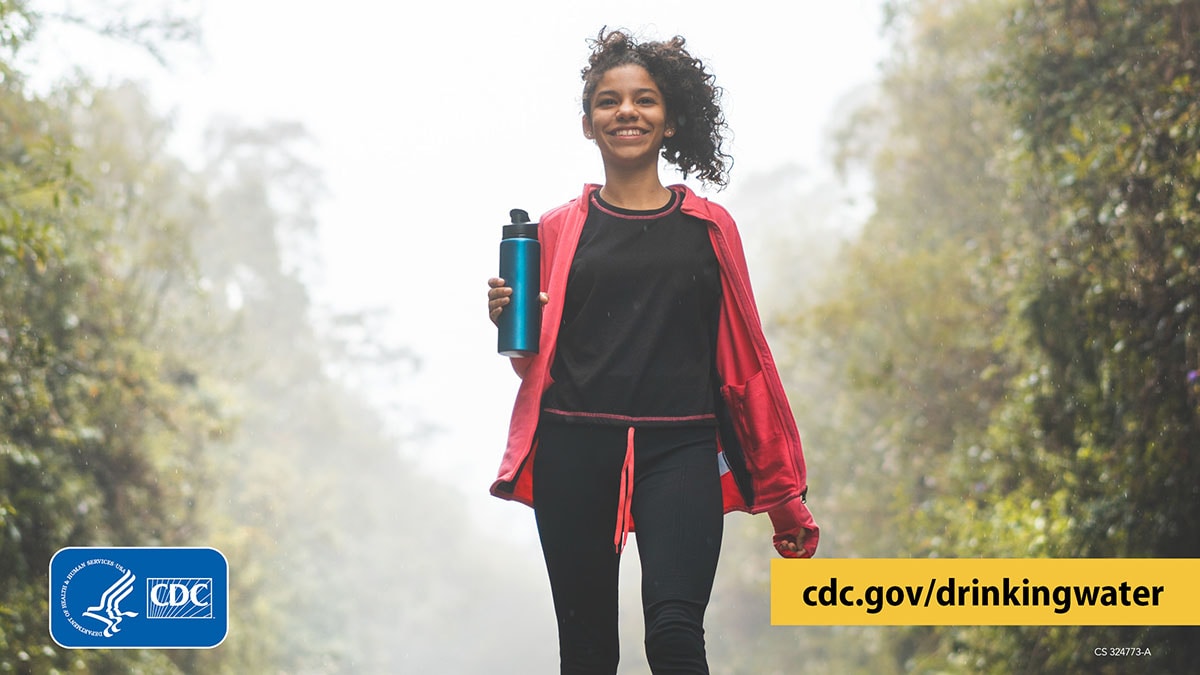
Message: Camping and hiking are great ways to recharge. When planning your next outdoor adventure, make sure your water is safe to drink with these tips: cdc.gov/drinking-water/prevention/water-treatment-hiking-camping-traveling.html

Message: DYK? The best ways to remove parasites that cause diarrhea—like Giardia & Cryptosporidium—from water is to boil or filter it. Chemicals like iodine or chlorine often don’t kill these germs. Learn how long to boil and what type of filter to use: cdc.gov/drinking-water/prevention/water-treatment-hiking-camping-traveling.html#cdc_prevention_pre-prevention-steps-and-strategies

Message: DYK? Bacteria and viruses that cause diarrhea pass through most water filters. Kill these germs before drinking lake or stream water by boiling the water or filtering and disinfecting water with chemicals like iodine or chlorine. More safe water tips: cdc.gov/drinking-water/prevention/water-treatment-hiking-camping-traveling.html#cdc_prevention_pre-prevention-steps-and-strategies
Toolkits for health departments
Use these toolkits before, during, and after a drinking water advisory or an outbreak linked to drinking water.

